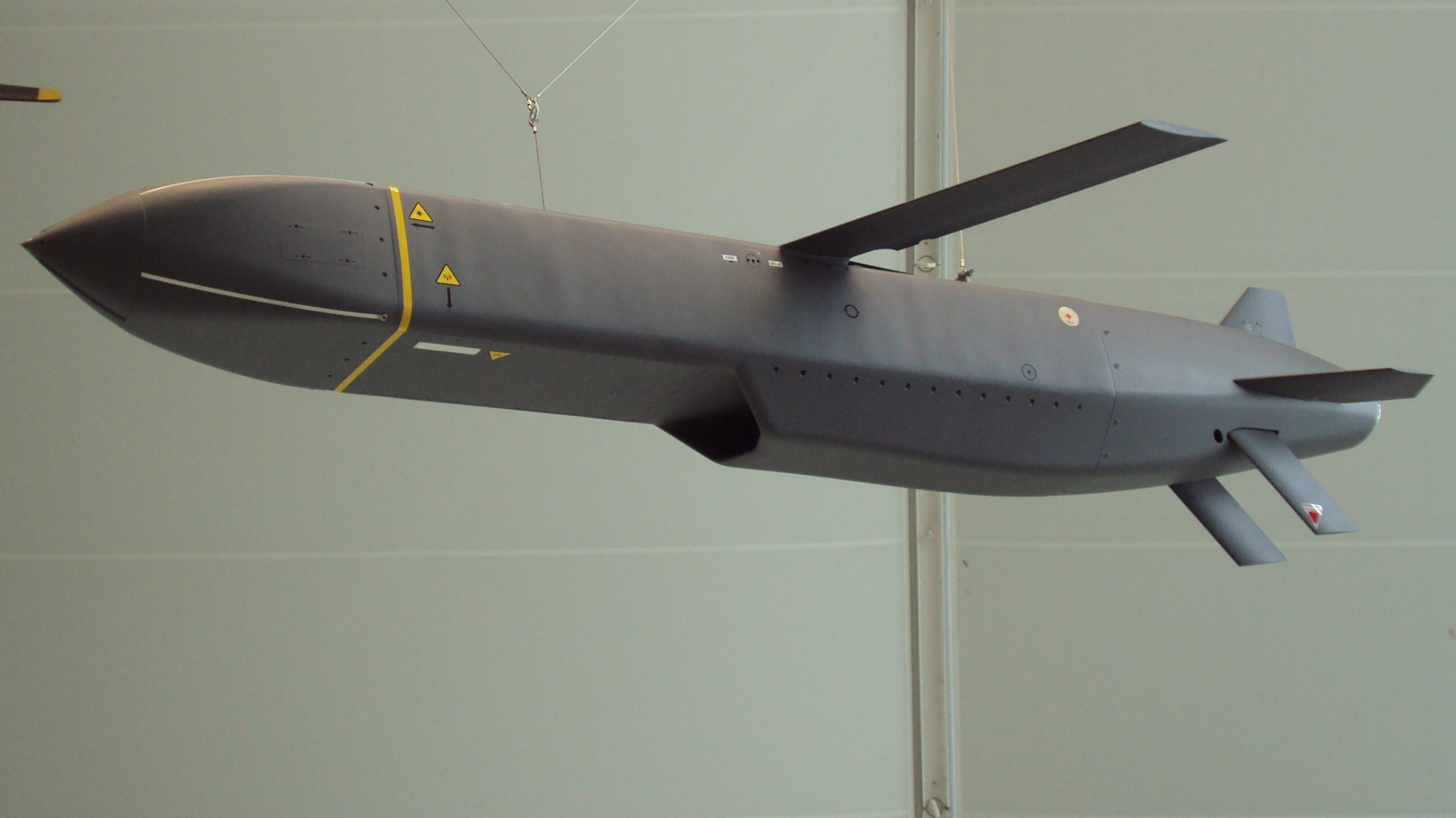On May 11, the United Kingdom confirmed that it had supplied Ukraine with Storm Shadow cruise missiles that has a range of more than 200 kilometers.
The announcement was made in the House of Commons by UK Defence Secretary Ben Wallace, who said that the missiles would “allow Ukraine to push back Russian forces based on Ukrainian sovereign territory”.
Wallace said that the UK took the decision after Russia “continued down a dark path” of targeting civilian infrastructure in Ukraine.
“The donation of these missile systems gives Ukraine the best chance of defending themselves against Russia’s brutality,” he told MPs, adding that the missiles were “going into” or already in Ukrainian hands, and describing the move as “calibrated and proportionate to Russia’s escalations”.
Earlier, Western officials told CNN that “multiple” Storm Shadow missiles had been already supplied to Ukraine to support a highly anticipated offensive against the Russian military. The sources added that the UK has received assurances from Kiev that these missiles will be used only within Ukrainian sovereign territory and not inside Russia.
The Storm Shadow is an Anglo-French low-observable, long-range, air-launched cruise missile developed since 1994 by Matra and British Aerospace, and now manufactured by MBDA.
The missile features a GPS-aided inertial navigation system with a terrain profile matching system. For terminal guidance, the missile is equipped with an imaging infrared scene-mapping area correlator system.
A variant of the missile known as SCALP EG [Système de Croisière Autonome à Longue Portée – Emploi Général, meaning General Purpose Long Range Cruise Missile] is in active service with the French Air Force. Another sea-launched variant known as MdCN [Missile de Croisière Naval, meaning Naval Cruise Missile] is in service with the French Navy.
UK Prime Minister Rishi Sunak said last February that he was prepared to send long-range missiles to Ukraine, and the British government opened a bidding process for their procurement.
The maximum range of the Storm Shadow is 560 kilometers. However, it is thought that Ukraine received the downgraded export version with a range of 250 kilometers. This is still a 100 kilometers more than the range of the Ground Launched Small Diameter Bombs and 170 kilometers over the range of the M142 HIMARS’s GMLRS rockets, which were previously supplied to Kiev.
In its first comment on the surprise missile delivery, Russia said that Ukraine will face “an adequate response” from its military.
“[The Kremlin is assessing the Storm Shadow supplies] very negatively. This will require a relevant response from our military, which, of course, will make appropriate decisions from a military point of view,” RIA Novosti quoted Dmitry Peskov, the spokesman for the Russian president, as saying.
The Ukrainian Air Force has reportedly integrated the Storm Shadow on its Soviet-era warplanes, most likely Su-27 fighter jets and Su-24 fighter bombers which have the capability to carry the 1,400 kg cruise missile.
While the Storm Shadow is now being touted as another “game changer” and “Wunderwaffe,” its combat history says otherwise.
During the 2018 missile strikes against Syria by the United States, UK and France, the missile performance was nothing short from catastrophic. All eight Storm Shadows launched by British Tornado fighter jets were intercepted by Syrian air defenses. One of the SCALP EG missiles fired by French Rafale fighter jets, missed its target hitting a farm and wounding three civilians. Furthermore, the French Navy failed to launch a number of MdCN missiles.
Later in 2021, British Typhoon fighter jets used several Storm Shadow missiles in an attack on ISIS hideouts in northern Iraq. However, at least one of the missiles crashed as a result of a technical failure.
The Russian military will likely attempt to shoot down Ukrainian fighter jets armed with Storm Shadow cruise missiles with long-range air defense systems. If the missiles are successfully launched, electronic warfare means as well as medium and short-range air defense systems will likely be used to stop them.
Still, it is fair to assume that some of these highly-capable missiles will manage to hit their targets, which could further escalate the conflict in Ukraine.
MORE ON THIS TOPIC:




